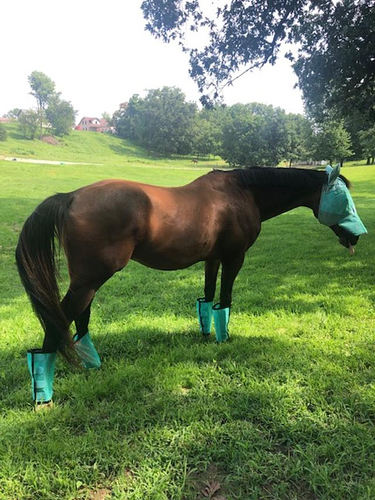Hi everyone,
Long time lurker here of COTH. My apologies for the word vomit to come.
I’m looking for some feedback and suggestions to equip me with the proper knowledge on how to retire a show horse properly (I am surrounded by wonderful equestrians- but it comes with strong bias!)
I have a 22 year old thoroughbred who is still in very good shape in terms of weight/limited maintenance required etc. I have owned her for 15 years and she absolutely will be under my care until the very end.
The past couple years I have retired her from the jumper ring and worked her schedule down from being worked 6 days a week to a leisurely 3, but we remain at the show barn where she is only turned out an hour a day.
I want her to enjoy her retirement and I have an opportunity to retire her to a beautiful place with excellent care (Set farrier schedule, unlimited blanketing, grain/supplement feeding/unlimited hay/)- but the horses are turned out 24/7 -though do have access to well built run in shelters. (3 horses per shelter).
I should also note we are on the Eastern seaboard so get 4 seasons- including a cold snowy winter.
I guess my question is- how do I go about offering pasture retirement to my mare after so many years of micro managing? Should I maybe be looking at an option somewhere in the middle?
- How do they adapt?
- Is spring the ideal time to introduce this change?
- what other things should I be considering when making this decision?
Feel free to tell me I am an overprotective mom and need to let go a little 
Thanks all!
Cheers.

